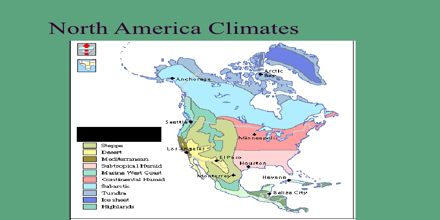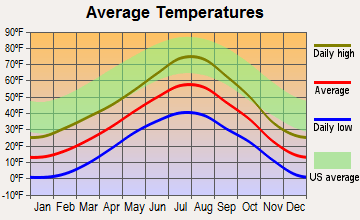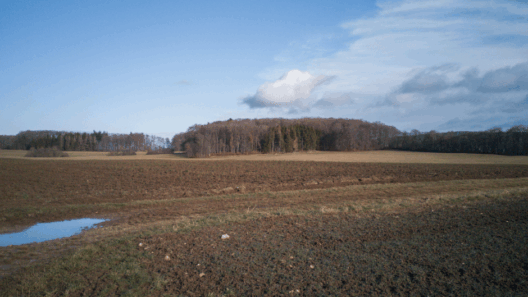The continent of North America presents a fascinating tapestry of climatic conditions, ranging from the frigid Arctic tundras of Canada and Alaska to the sultry, tropical environments found in the southern reaches of Mexico and the Caribbean. This remarkable variety results from a confluence of geographic features, atmospheric patterns, and oceanic influences.
North America’s climate can be broadly categorized into several distinct zones: Arctic, subarctic, temperate, arid, and tropical regions. Each of these zones exhibits unique characteristics shaped by latitude, altitude, and proximity to large bodies of water.
The Arctic climate predominates in the northernmost parts of Canada and Alaska. Characterized by long, frigid winters and short, cool summers, this climate is also marked by permafrost—a permanently frozen layer of soil. Precipitation is scant, primarily falling as snow, and the area experiences continuous daylight during summer months and extended darkness in winter. The harsh conditions are home to specialized flora and fauna, such as polar bears and hardy lichens, adapted to thrive in this extreme environment.
Transitioning southward, the subarctic climate emerges, typified by its cold winters and milder summers. Regions such as northern Canada and parts of Alaska fall within this category. However, unlike the Arctic, summer months can witness significant warmth, leading to a burst of vegetative growth. Here, taiga or boreal forests dominate, composed primarily of coniferous trees like spruce and fir. The fauna varies; moose, wolves, and migratory birds are common sights, exploiting the brief but bountiful summer.
As one moves further south, the temperate climate takes precedence, enveloping a vast portion of the United States, particularly the Midwest and parts of the West Coast. This climate is characterized by four distinct seasons—winter, spring, summer, and fall—each with its own set of temperature and precipitation patterns. Rainfall is generally well-distributed throughout the year, supporting a verdant array of deciduous trees, shrubs, and a plethora of wildlife. This zone also experiences phenomena like thunderstorms, hurricanes, and occasional tornadoes, the latter particularly prevalent in the Midwest.
Within the temperate zone, the coastal areas contain a maritime climate, where oceanic proximity moderates temperatures. This is vividly illustrated in regions such as California and the Pacific Northwest. The mild winters and moderated summers encourage the lush biodiversity of temperate rainforests, which are dense with species like redwoods and giant sequoias, showcasing some of the tallest trees on the planet. The Pacific Ocean plays a vital role in shaping weather patterns here, contributing to significant fog and rainfall.
In stark contrast, the Southwest showcases an arid or semi-arid climate. Characterized by high temperatures and low precipitation, this zone encompasses states like Arizona and New Mexico. The desert landscapes are punctuated with cacti and hardy shrubs, adapted to conserve water in a challenging environment. The climate is characterized by intense heat during the day, while nighttime temperatures can plummet, a phenomenon known as temperature inversion. Rainfall is rare, primarily occurring in brief monsoonal bursts during the summer months.
Furthermore, the Great Plains—a vast expanse of flatlands stretching from Canada down to Texas—exhibit a continental climate, encountering extremes of temperature. Winters can become brutally cold, while summers can be sweltering. This region is prone to considerable weather variability, including thunderstorms and blizzards, and serves as a crucial area for agriculture, particularly the cultivation of wheat and corn.
As one continues to travel south, the subtropical climate begins to flourish. States like Florida represent this climate, characterized by hot, humid summers and mild winters. These areas experience copious rainfall and are often impacted by tropical storms and hurricanes during the late summer months. The vegetative landscape includes lush wetlands, mangroves, and expansive agricultural fields. These diverse ecosystems play a critical role in supporting migratory birds and other wildlife.
Finally, the tropical climate can be observed in the southern tip of Florida and surrounding Caribbean islands. This area is known for its warm temperatures year-round and abundant precipitation, making it home to vibrant ecosystems, such as the unique Florida Everglades. The presence of coral reefs and diverse marine life underscore the significance of this climate to the broader biosphere.
It is essential to acknowledge how human activity influences these diverse climatic zones. Climate change, driven largely by greenhouse gas emissions, impacts weather patterns across North America, leading to phenomena such as increased temperatures, altered precipitation patterns, and more frequent extreme weather events. The implications are profound; agriculture, water resources, and biodiversity are all subjected to shifting conditions that may predispose them to stress and instability.
Concomitantly, initiatives aimed at promoting sustainability and environmental stewardship are gaining traction across the continent. This movement spans policy reform, community engagement, and technological advancements designed to reduce carbon footprints and promote alternative energy sources. The future of North America’s climate and ecosystems hinges on collective efforts to mitigate climate change and adapt to its inevitable impacts.
In summary, the climate of North America is a rich tapestry woven from a myriad of influences. From the Arctic cold to the tropical warmth of the south, each climatic zone is unique and essential. Understanding these dynamics is crucial, not just for appreciating the continent’s natural beauty, but also for fostering solutions to combat the pressing issue of climate change that threatens these environments.






